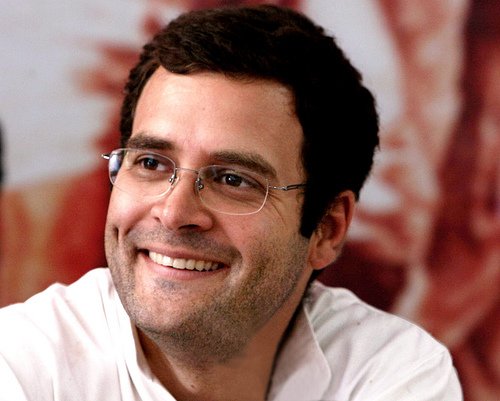
Last week three different people got in touch with me regarding the problems they have been facing with investments they had made in real estate. In each of the three cases the builder had collected money and was now saying that he didn’t have money to complete the project.
The buyers had taken on a home loan to invest in a home. At the same time they had even put in their own hard earned money into it. The question is how did this unfortunate situation come up in the first place? The answer is simple. The money the builder (or actually the builders in this case) raised for the project was used for other things. It could have been used for repaying past debt. Or it could have been used for completing a previous project.
Builders like to launch new properties in order to raise money. It is the cheapest way of raising money for them. Money from the bank or the informal market, means paying high interest. As I had mentioned in a column last week, builders raise money for a project and use it to pay off debt or the interest on it. To build homes for this project, another project is launched. Money from this is then used to build homes for the first project.
Now, to build homes promised under the second project, a third project is launched and so the story goes on. In the process, all the buyers get screwed and the builder manages to run a perfect Ponzi scheme. A perfect Ponzi scheme is one where money brought in by the newer investors is used to pay off older investors. In this case money brought in by the newer buyers is used to build homes for the older buyers.
Th new e Real Estate Bill seeks to stop real estate companies from running such Ponzi schemes. Half the money raised for a particular project needs to be deposited in a monitorable bank account and be spent on the project against which the money has been raised. But until that happens, real estate Ponzi schemes will continue to run.
The thing with Ponzi schemes is that they all eventually collapse when the money being brought in by the new investors is not as much as needs to be paid out to the older investors whose investments are maturing. This is what seems to have happened to a few builders as well (at least in the case of people who approached me).
The prospective buyers seem to have figured out the Ponzi scheme being run by these builders and stayed away from investing in their new projects. Once that happened, these builders did not have money to complete their older projects. This meant that buyers who had bought homes in the older projects were left in a lurch.
The trouble is that the individuals who approached me had also taken on a home loan to invest in these projects. These borrowers continue to pay interest on these loans even though there is no home in sight.
The biggest learning from this example is for those individuals who keep claiming time and again that real estate prices in India do not fall and hence, owning real estate makes for a terrific investment. I will not get into an argument whether this statement is true at all points of time or not. Nevertheless, investing in real estate goes against a basic tenet of investing—don’t put all your eggs in one basket.
The size of the real estate investment is now so large that anyone who invests in a second (or a third) home ends up betting a lot of money on one investment. Given this, diversification which investment experts keep talking about all the time, goes totally out of the window. If the builder disappears (as was the case in the example I am discussing) the losses are simply too large.
Further, given the system is in India, the builder can simply get away with it. He can even avoid meeting the buyers who had bought into his project. The buyers may approach the court, but that is a long drawn process and may not lead to a quick resolution of the situation.
So, yes real estate prices may not fall, but that doesn’t mean that real estate is an excellent investment all the time. If things go wrong, the investment can be totally wiped out. A similar risk is not there with other forms of investing.
Two out of the three individuals who approached me last week with their horrific real estate investment experiences had in the past, lived and worked in the United States. So a question that naturally cropped during the course of our conversation was—what if I default on my home loan, what happens then? Their logic was if we are not getting any home at the end of it, why should we continue repaying the home loan.
Home loans in several states in the United States are non-recourse loans. This means that in case a borrower decides to default on the home loan by simply walking away from it, the lender cannot go beyond seizing the collateral (i.e., the house) to recover what is due to him. He cannot seize the other assets of the borrower, be it another house, investments, or money lying in a bank account, to recover his losses.
In India, home loans are recourse loans. This means that the banks can come after other assets of the borrower. Hence, walking away from the home loan is a bad idea, even in a situation like this. Further, any default would be reflected on the CIBIL database, leading to the home loan borrowers being deemed unworthy of credit in the years to come.
Once all these factors are taken into account it is very clear that investing in real estate at this point of time is an extremely risky thing to do—the past notwithstanding.
(Vivek Kaul is the author of the Easy Money trilogy. He tweets @kaul_vivek)
The column originally appeared on www.Firstpost.com on Apr 28, 2015



